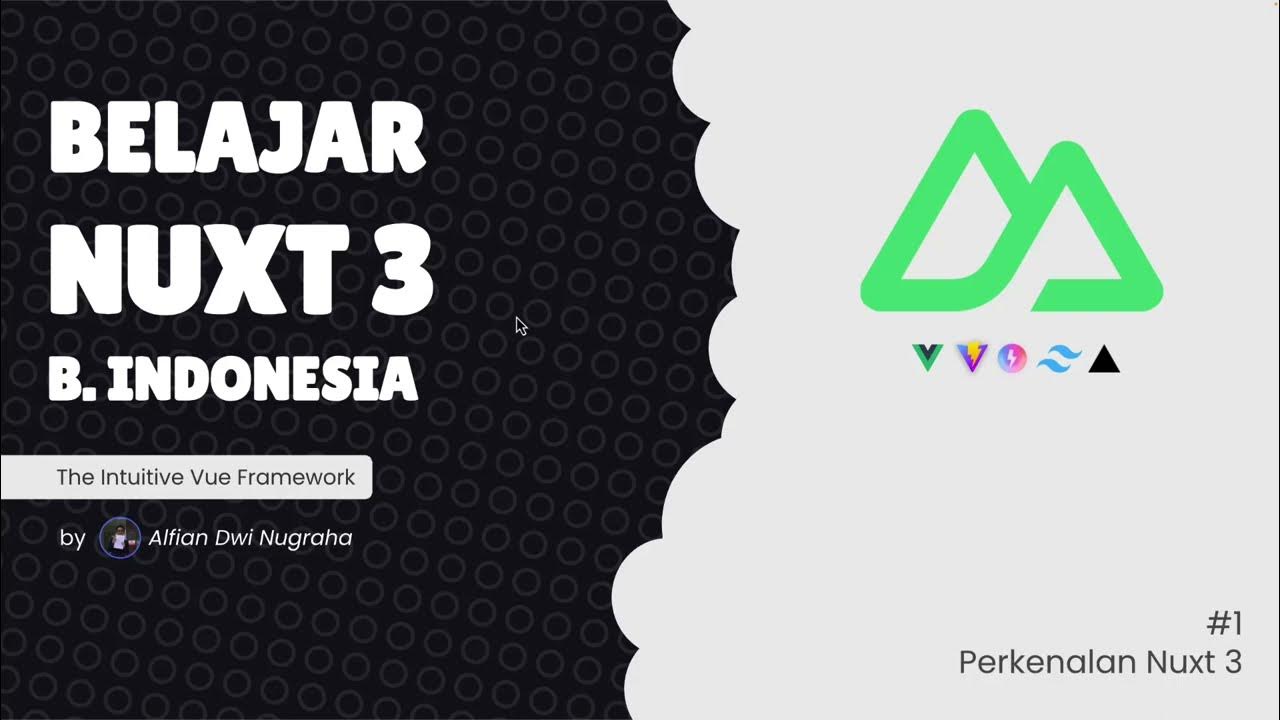Evan Bacon – Fetch Once, Render Everywhere: React Server Components in Expo Router | App.js 2024
Summary
TLDREvan Bacon introduces Expo Router, a file-based framework that enables simultaneous web and native app development with familiar web APIs. It leverages React Server Components for cutting-edge server rendering across platforms, allowing for AI-driven UI generation and seamless client-server interactions. Expo Atlas, a new tool for visualizing and optimizing Expo bundle outputs, is also unveiled, promising faster iteration and better user experiences.
Takeaways
- 📚 React Native has evolved significantly since its inception nearly a decade ago, becoming a leading framework for building client-side applications.
- 📈 React Native powers hundreds of apps on the App Store's trending list daily, indicating its ongoing popularity and impact.
- 🛠 Evan Bacon introduced 'Expo Router', a file-based framework for creating apps that function seamlessly on both web and native platforms.
- 🔗 Expo Router utilizes familiar web APIs like 'link' and 'href' for navigation and supports nested routing for complex UI elements like tab bars and headers.
- 📱 It leverages native primitives for navigation on Apple devices, ensuring a truly native feel and gesture experience.
- ⚙️ With the collaboration with the Meta team, Expo Router benefits from the React compiler, reducing the need for 'useMemo' or 'useCallback' and simplifying code.
- 🌐 The script highlights the limitations of client-side applications and the potential of server-driven UIs for performance and flexibility.
- 🤖 The presenter demonstrates building AI-powered apps with Expo Router, showcasing server actions and concurrent routing with React Server Components (RSC).
- 🎨 Expo Router's server environment is multiplatform aware, dynamically rendering platform-specific UI components based on the device's platform.
- 🚀 The live demo illustrates the capabilities of Expo Router with AI integration, server-rendered elements, and interactive client-side components.
- 🛠️ Expo Atlas was announced as a new tool for visualizing and understanding Expo bundle output, aiding in optimization and development of universal RSC.
Q & A
What was the initial premise of React Native when it was first announced?
-React Native was first announced with a simple premise to bring the good parts of the web to mobile app development.
How has React Native evolved since its inception?
-React Native has grown to become one of the most impactful frameworks for building client-side applications, powering hundreds of apps in the App Store trending list every day.
Who is Evan Bacon and what is his contribution to React Native?
-Evan Bacon is an engineer and the creator of Expo Router, a file-based framework for building apps that work on both web and native platforms simultaneously.
What is Expo Router and how does it work?
-Expo Router is the first file-based framework for creating navigation for both native apps and websites by simply creating files in the app directory, using familiar web APIs like 'link' and 'href'.
How does Expo Router utilize native primitives for navigation?
-Expo Router uses native primitives like UI Navigation Controller on Apple devices to ensure that gestures and animations feel truly native.
Outlines

This section is available to paid users only. Please upgrade to access this part.
Upgrade NowMindmap

This section is available to paid users only. Please upgrade to access this part.
Upgrade NowKeywords

This section is available to paid users only. Please upgrade to access this part.
Upgrade NowHighlights

This section is available to paid users only. Please upgrade to access this part.
Upgrade NowTranscripts

This section is available to paid users only. Please upgrade to access this part.
Upgrade NowBrowse More Related Video
5.0 / 5 (0 votes)





